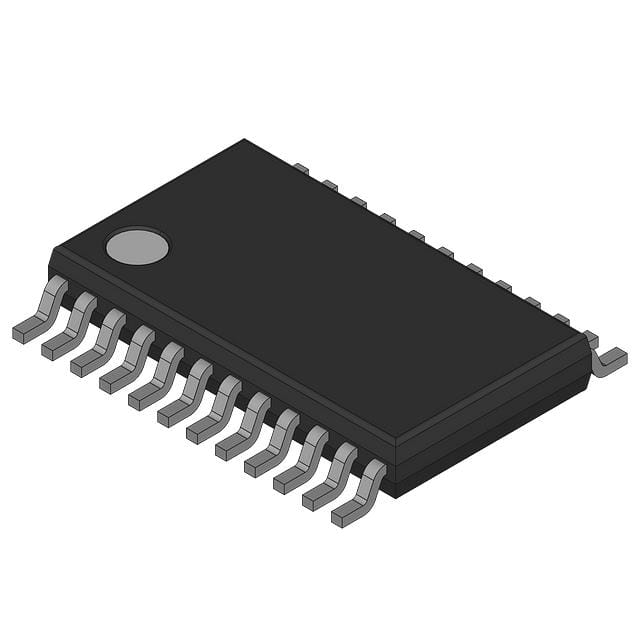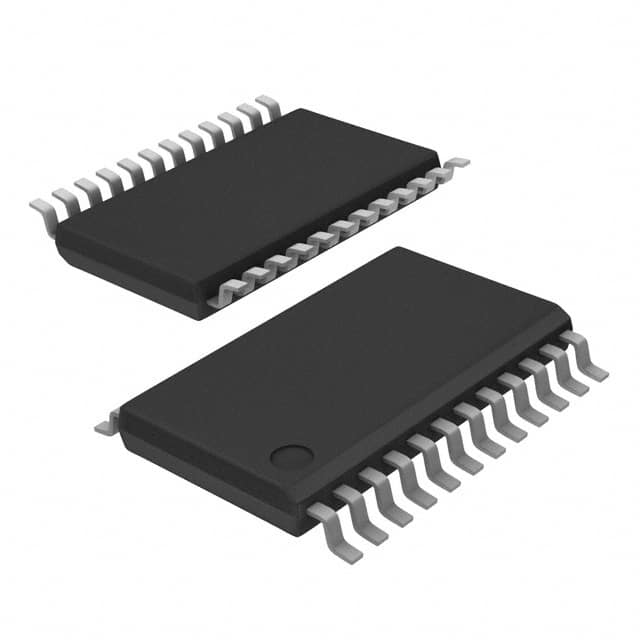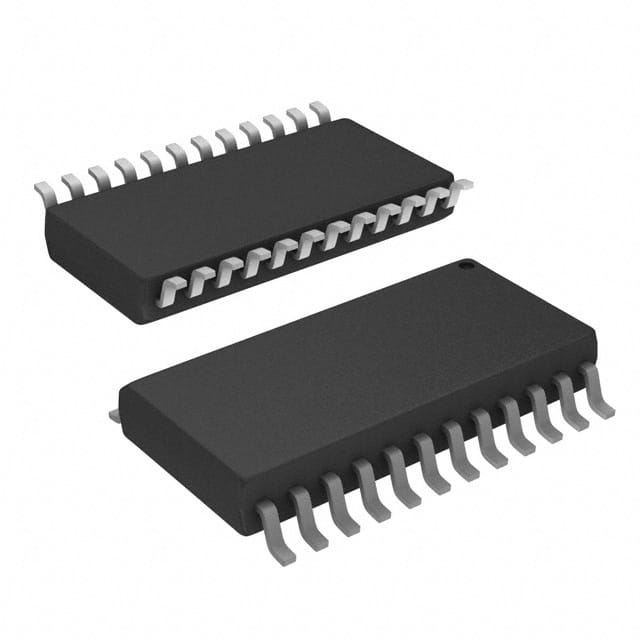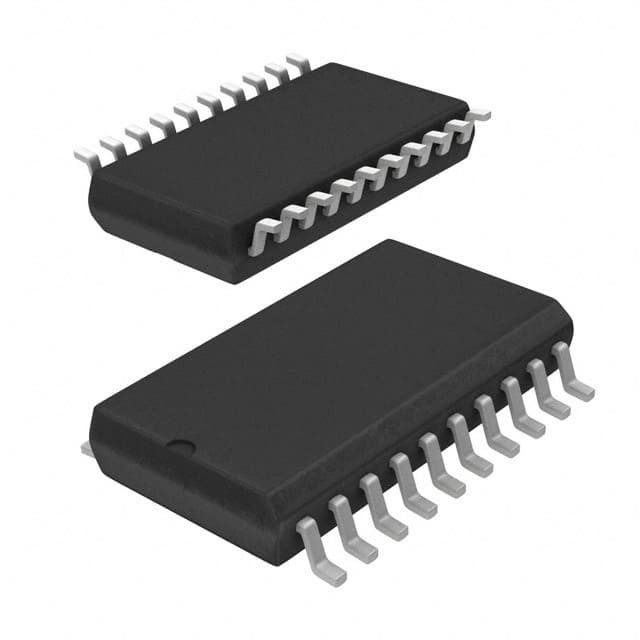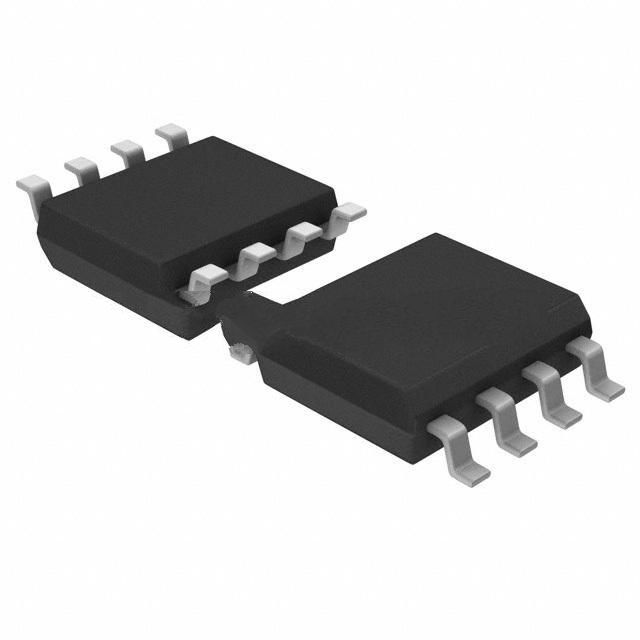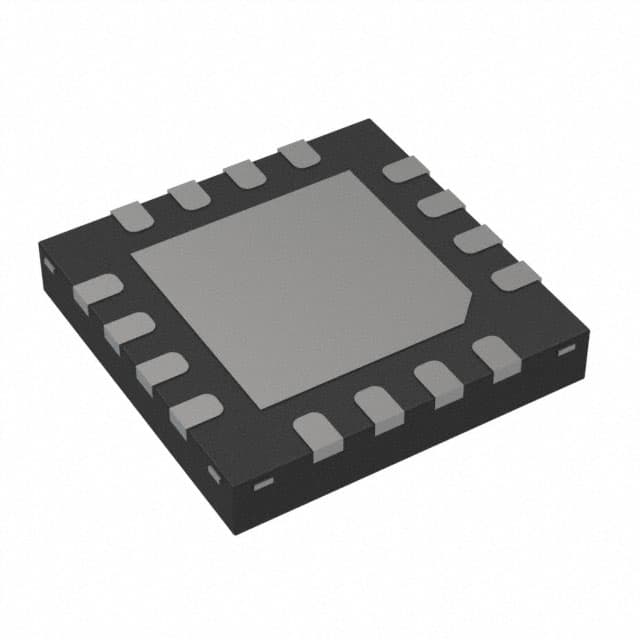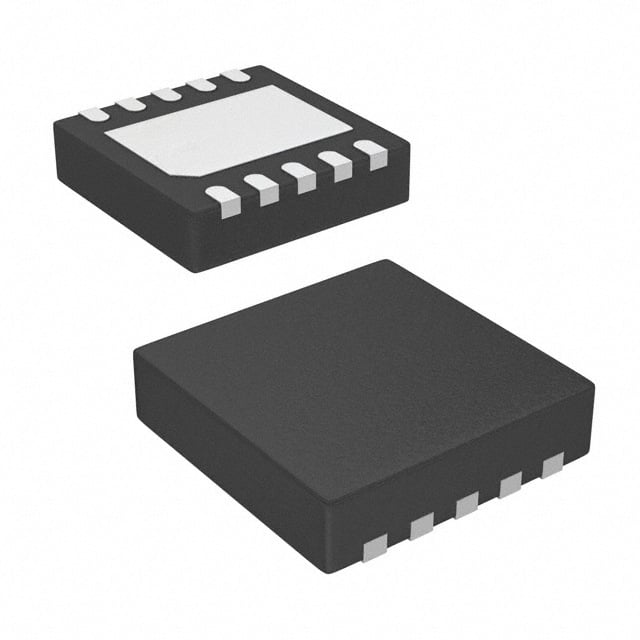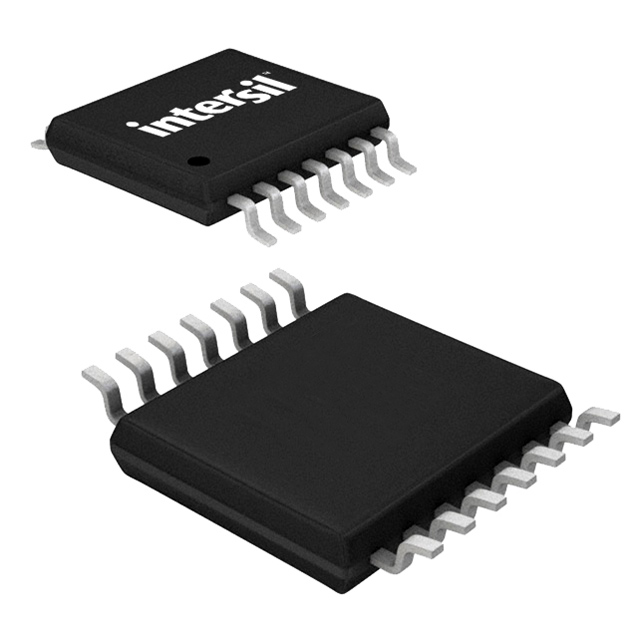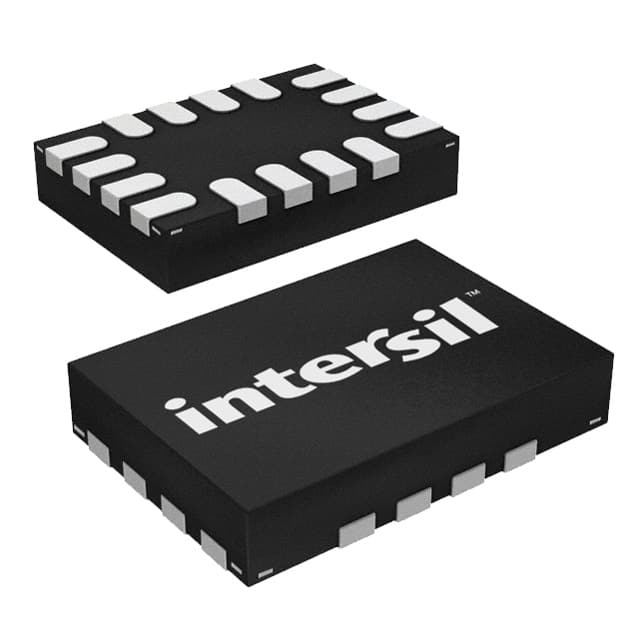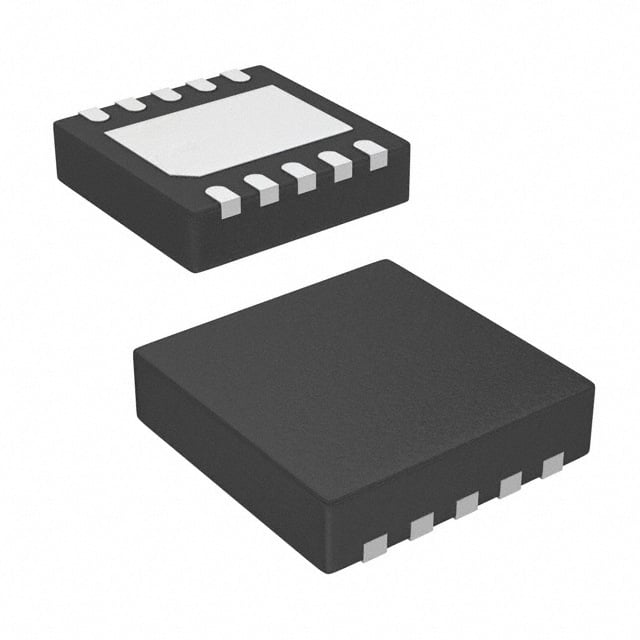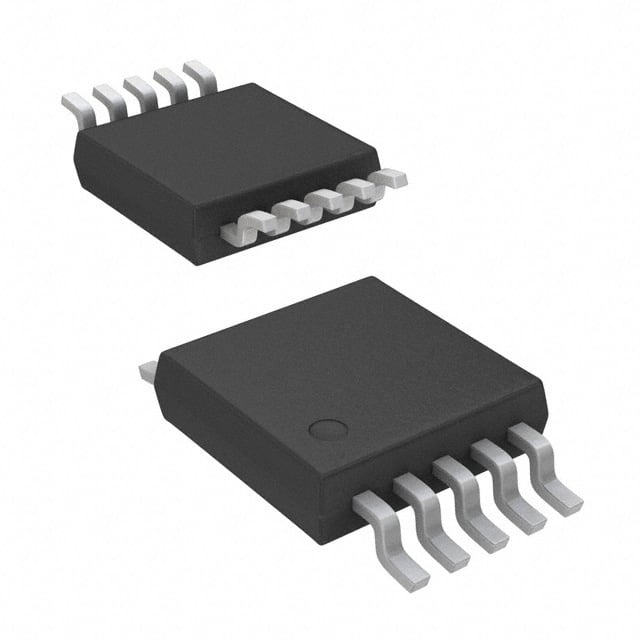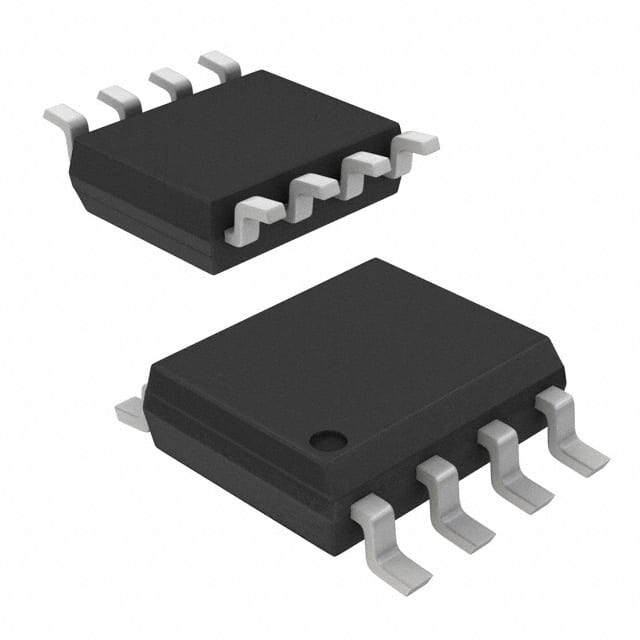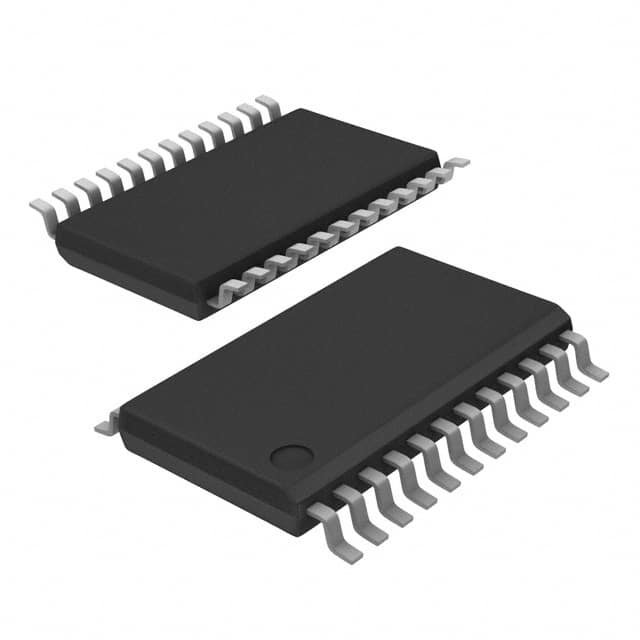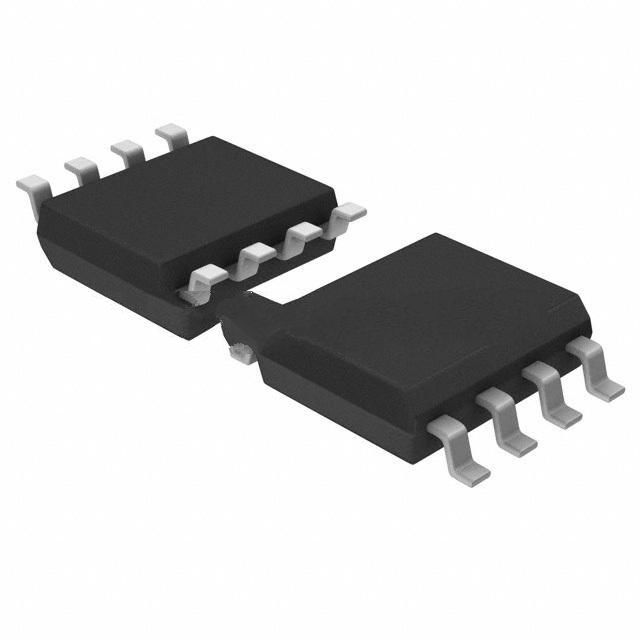X9418WV24 Product Introduction:
Intersil Part Number X9418WV24(Digital Potentiometers ICs), developed and manufactured by Intersil, distributed globally by Jinftry. We distribute various electronic components from world-renowned brands and provide one-stop services, making us a trusted global electronic component distributor.
X9418WV24 is one of the part numbers distributed by Jinftry, and you can learn about its specifications/configurations, package/case, Datasheet, and other information here. Electronic components are affected by supply and demand, and prices fluctuate frequently. If you have a demand, please do not hesitate to send us an RFQ or email us immediately sales@jinftry.com Please inquire about the real-time unit price, Data Code, Lead time, payment terms, and any other information you would like to know. We will do our best to provide you with a quotation and reply as soon as possible.
Introducing the Intersil X9418WV24, a cutting-edge digital potentiometer that revolutionizes the way you control and adjust electronic circuits. With its advanced features and versatile application fields, this product is a game-changer for engineers and designers.
The X9418WV24 boasts a 24-tap, non-volatile, digitally controlled potentiometer, providing precise and reliable resistance adjustments. Its wide operating voltage range of 2.7V to 5.5V ensures compatibility with a variety of electronic systems. The device also offers a low standby current, making it energy-efficient and ideal for battery-powered applications.
One of the standout features of the X9418WV24 is its I2C interface, enabling seamless integration with microcontrollers and other digital systems. This allows for easy and convenient remote control and adjustment of resistance values, eliminating the need for manual adjustments and reducing the risk of human error.
The X9418WV24 finds its application in a wide range of fields, including audio equipment, instrumentation, and industrial control systems. Its ability to provide precise resistance adjustments makes it an excellent choice for volume control in audio amplifiers and equalizers. In instrumentation, it can be used for calibration and fine-tuning of sensors and measurement devices. Additionally, its digital control capabilities make it an invaluable tool in industrial control systems, where precise resistance adjustments are crucial for optimal performance.
In summary, the Intersil X9418WV24 is a versatile and powerful digital potentiometer that offers precise resistance adjustments, low power consumption, and seamless integration with digital systems. Its wide range of applications makes it an essential component for engineers and designers seeking to enhance the performance and functionality of their electronic circuits.
Digital Potentiometers ICs are a new type of CMOS digital and analog mixed signal processing integrated circuit that replaces the traditional mechanical potentiometer (analog potentiometer). It is usually composed of multiple fixed resistors and a movable contact. Its working principle is to control the position of the potentiometer through digital signals, thereby changing the resistance value in the circuit. Digital Potentiometers ICs have the advantages of high precision, good stability, and fast response speed. Before using a digital potentiometer, please select the appropriate potentiometer model and specifications.
Application
Digital Potentiometers ICs are powerful, flexible and promising electronic components that are rapidly promoted at home and abroad. They are widely used in various electronic devices, such as audio equipment, instrumentation, computers and communication equipment, household appliances, health care products, industrial control and other fields.
FAQ about Digital Potentiometers ICs
-
1. What is the difference between IC and digital IC?
The main difference between IC and digital IC is that they process different types of signals. IC processes continuously changing analog signals, while digital IC processes discrete digital signals.
Specifically, IC (integrated circuit) is a microelectronic device or component that uses a certain process to interconnect transistors, resistors, capacitors and other components and wiring, and is made on a small piece of semiconductor wafer, and then packaged to form a circuit with specific functions. Integrated circuits have the advantages of small size, light weight, long life and high reliability.
Digital IC specializes in processing digital signals, which are discrete in time and amplitude. The design focus of digital IC is on the optimization of logical relationships and system architecture, pursuing the smallest line width, lowest power consumption and fastest transmission speed. Examples of digital ICs include CPUs, microprocessors, microcontrollers, etc., which are widely used in computers and other digital systems.
-
2. What is the difference between potentiometers and digital potentiometers?
The main difference between potentiometers and digital potentiometers is their working principle, structure and application scenarios.
Potentiometer is a traditional electronic component that adjusts the resistance value mechanically. Potentiometers usually consist of a resistor and a movable brush. When the brush moves on the resistor, the resistance value can be changed, thereby adjusting the current or voltage in the circuit. The structure of the potentiometer is relatively simple. It mainly consists of a resistor and a rotating or sliding system. The resistance value is changed by manually adjusting the shaft or slider.
Digital potentiometer is a programmable electronic component that controls the resistance value through digital signals. It consists of a register unit and a digital isolator. The digital isolator can be a matrix, tree or serial type. Digital potentiometers do not require mechanical contacts and control the resistance value through a microprocessor and digital signals. They have high precision and flexibility. Digital potentiometers are more accurate and reliable when adjusting circuit parameters and are not easily affected by wear or environment.
-
3. What is the principle of the digital potentiometer?
A digital potentiometer is a potentiometer that uses digital signals to control the resistance value. It switches between different resistance values through the input digital signal to adjust the circuit parameters. The digital potentiometer mainly consists of a voltage divider and a controller. The voltage divider consists of a series of resistor elements. The controller is responsible for reading the control signal and opening or closing the corresponding switch according to the high or low signal, thereby changing the size of the total resistance.
The working principle of the digital potentiometer is based on the resistor ladder structure. The internal resistor ladder structure is adopted. Each resistor element on the ladder is equipped with a switch to control whether the resistor is connected to the circuit. When the controller receives a binary signal, it will choose to open or close the corresponding switch according to the value of the signal. For example, when a certain bit in the binary signal is 1, the corresponding switch is opened and the resistor element is connected to the circuit; if the bit is 0, the switch is closed and the resistor element is disconnected. Through the combination of multiple binary signals, the total resistance value in the circuit can be accurately adjusted.
Digital potentiometers have many advantages, such as high accuracy and stability, and are insensitive to dust, dirt and moisture, which makes them more reliable than traditional mechanical potentiometers in many applications. In addition, digital potentiometers are available in two types: volatile and non-volatile, suitable for different application scenarios.
 Lead free / RoHS Compliant
Lead free / RoHS Compliant



